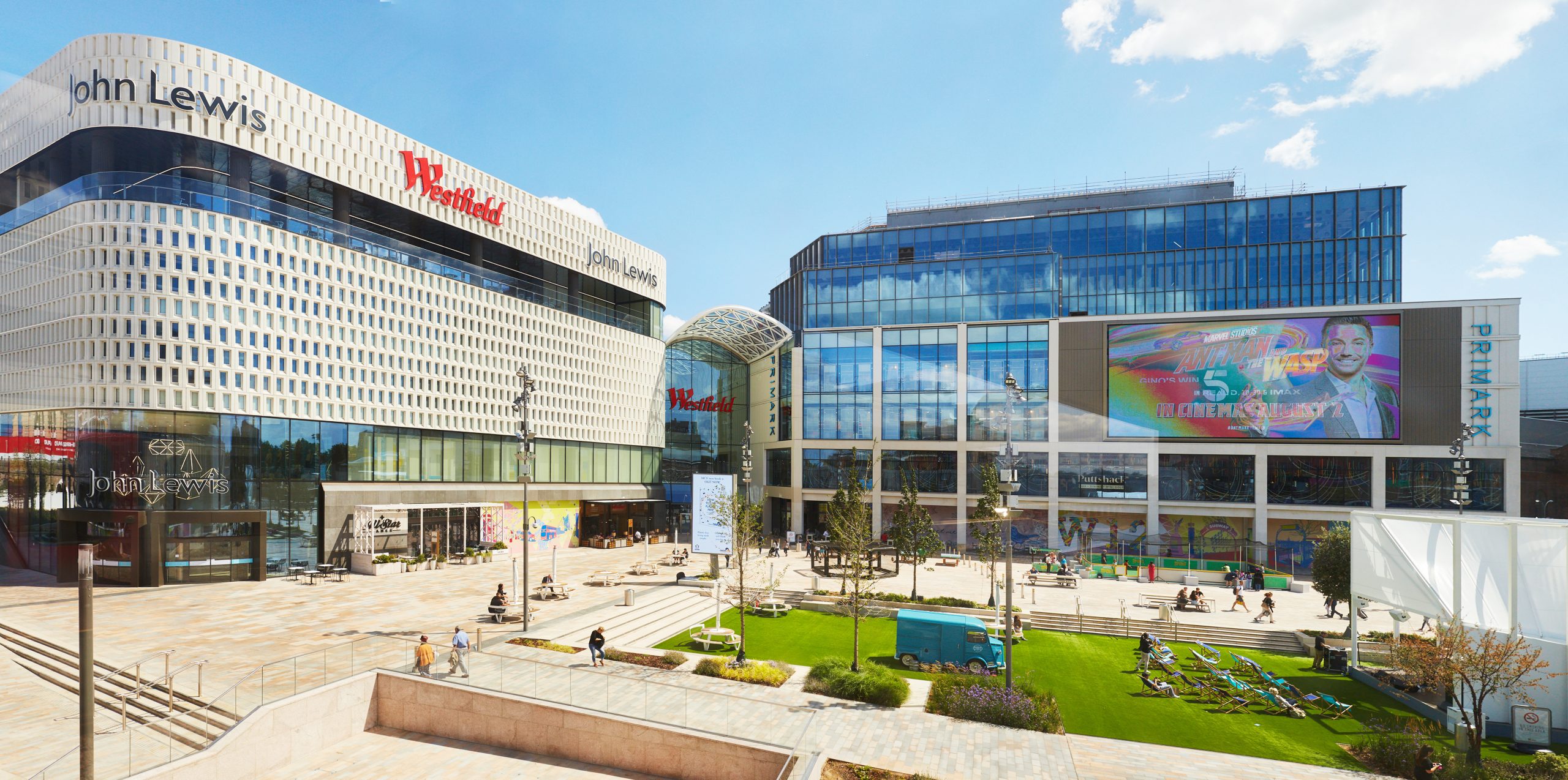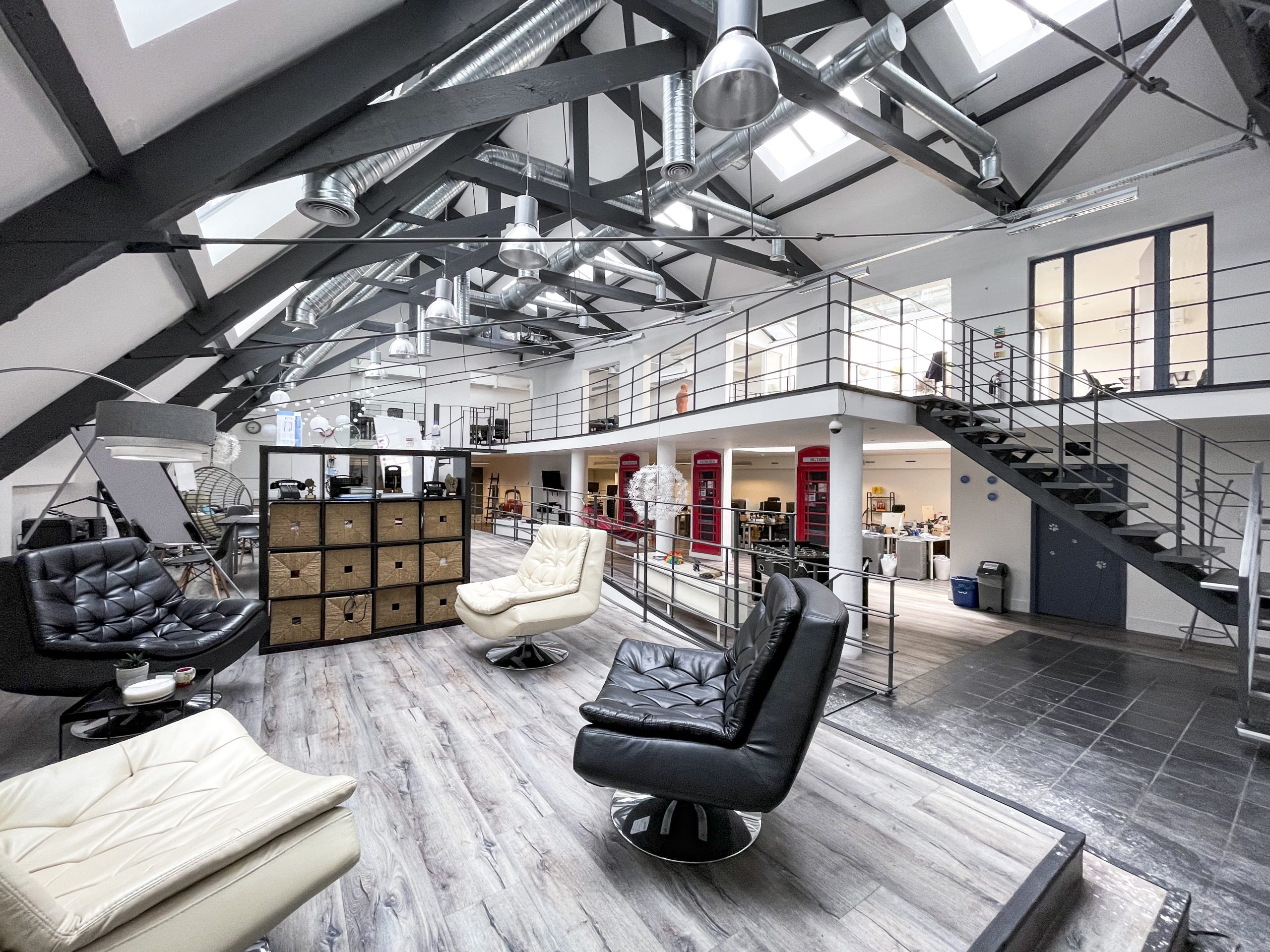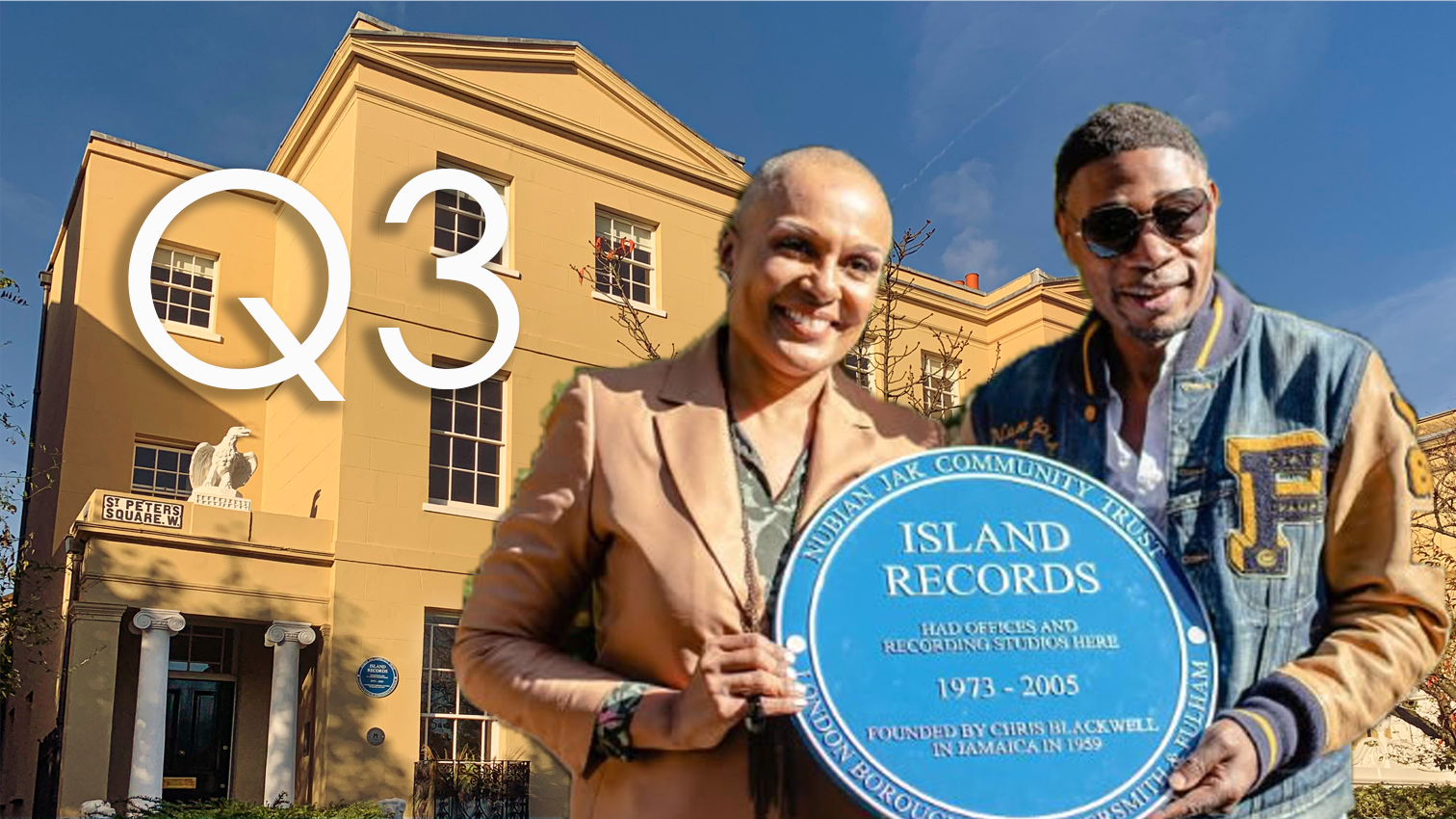Chartered Surveyors reported faster growth in occupation of commercial floorspace in the first quarter of 2001. The percentage of surveyors reporting a rise in sales and lettings of commercial property, above those reporting a fall, was 7%, up from 2% in Q4 2000. Weaker global economicconditions have yet to have any noticeable impact on domestic economic activity and occupier demand for commercial floorspace. take-up growth was strongest for industrial floorspace, whilst occupation of retail and office property also rose, but at a slower pace.
New enquiries from potential tenants and purchasers remained firm during the first quarter of 2001, advancing at a similar pace the last quarter of 2000. Meanwhile, available floorspace fell again, although the rate of decline was noticeably slower than in the previous quarter. although supply conditions are easing, rents are set to continue rising, with surveyor retail expectations the same as in Q4 2000. lease lengths were static for the first time since the question was introduced in 1998, having risen in all previous surveys. An end to rising lease lengths is evidence of more flexibility within the market, but may also reflect a preference for shorter leases on the part of occupiers as the economic outlook becomes more uncertain.
The retail market showed signs of recovery in Q1 2001, having been the weakest commercial property sector throughout 2000. Retailers have been supported by robust sales growth, and also by a stabilisation in retail goods prices at the beginning of 2001. Consumer confidence has remained firm despite a slowdown in the economy. As yet, e-commerce is only having a marginal impact on traditional retailers. Many e-tailers are finding national trading conditions tough, forcing them to focus on markets where sales are likely to be most profitable. As a result, growth in occupation of distribution centres eased in Q1 2001 in all regions apart from London.
Occupation of commercial property in London fell slightly for the second quarter in succession, dragged down by lower take-up of retail property and a flat office market. Office demand in London remains at a high level, however, having advanced firmly throughout 2000. Tight availability and high rental values in the capital have led some occupiers to locate in other regions. The South has been the main beneficiary of the demand overspill, witnessing a steady rise in the pace of take-up over the last two quarters. Meanwhile, occupation in the North was also firmer, having been flat in the second half of 2000.












